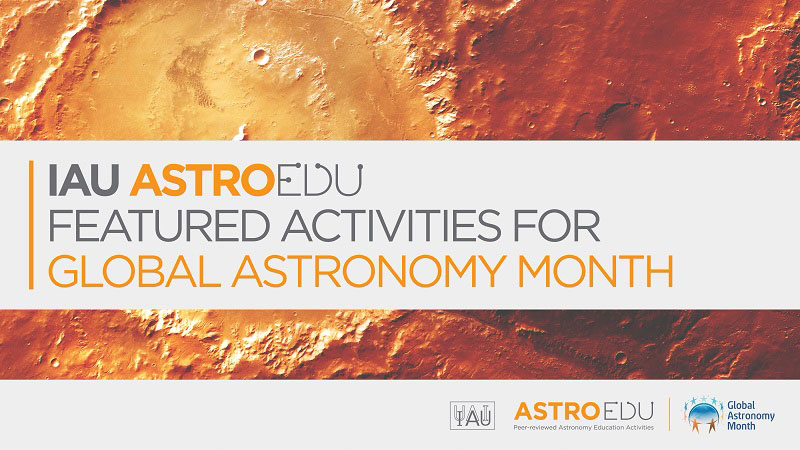April 13 In this 30 to 45 minute activity, students (in teams of 4-5) experiment to create craters and learn about the landscape of the moon. The students make observations on how the size and mass, direction, and velocity of the projectile impacts the size and shape of the crater. View the activity here.
Read more...

